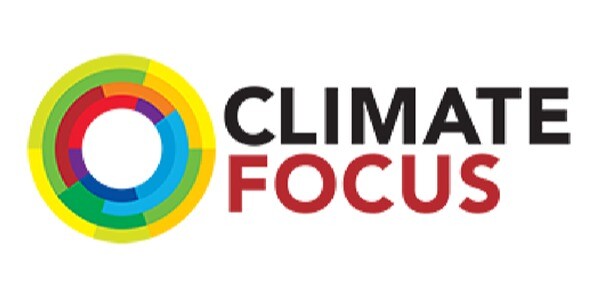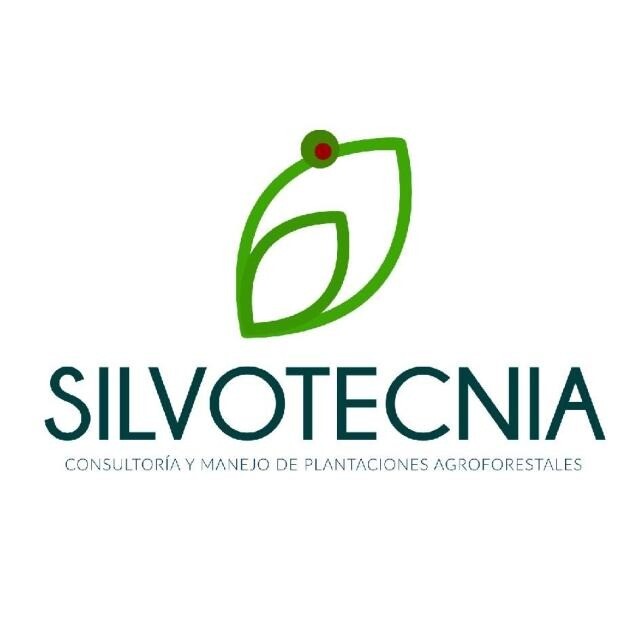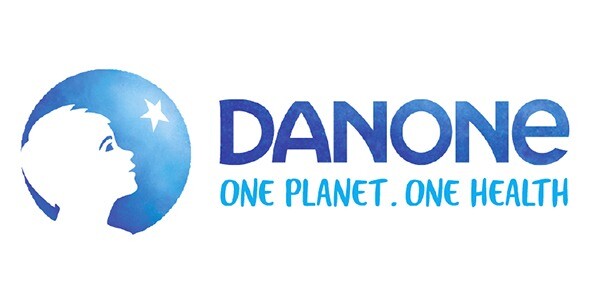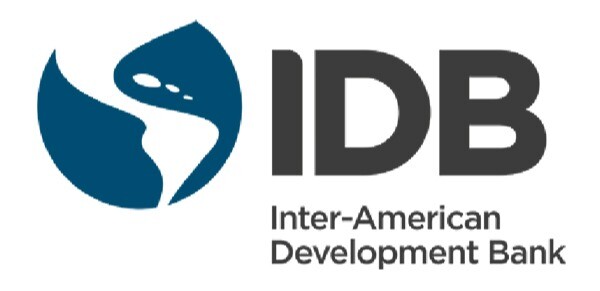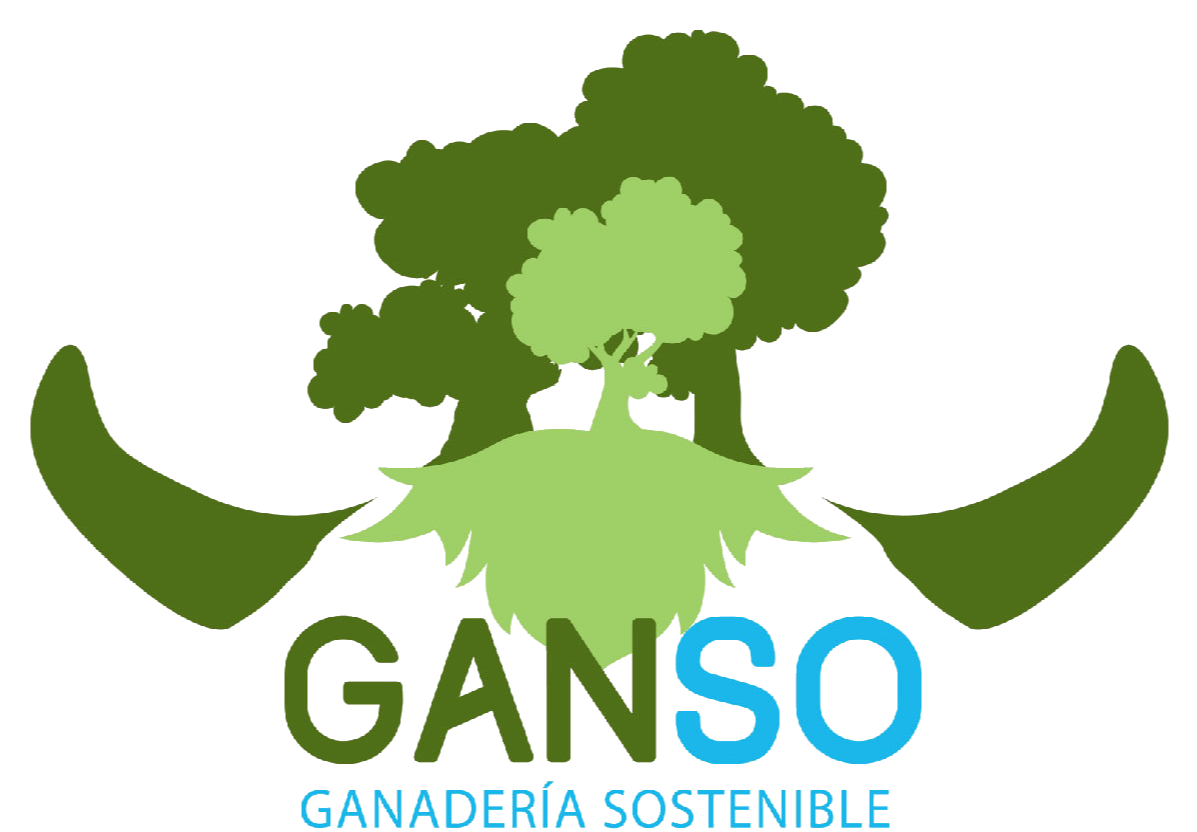Since 2014, CDI has managed the Novartis Hacienda El Manantial reforestation project in the department of Meta, Colombia. The project, registered under the Clean Development Mechanism (CDM), combines the objectives of capturing carbon, restoring ecosystem services, increasing local biodiversity and creating new employment opportunities for local communities while seeking to achieve sustainability. through the production and marketing of timber and non-timber products.
• Carbon Storage:
The 2,200 hectares of degraded savannah that have been reforested remove more than 30,000 tons of carbon dioxide equivalent (CO2-e) from the atmosphere per year. By 2030, around 640 kilotonnes of carbon dioxide equivalent will have been stored in the planted trees and close to one million tonnes over the life of the project. In addition to carbon accumulation in the planted trees, the elimination of the practice of burning grasses also protects local soils from further degradation and increases their organic carbon content.
• Ecosystem Services:
Once fully developed, Hacienda El Manantial will incorporate nearly two million trees. In addition to rubber and traditional timber species, such as acacia, eucalyptus and pine, approximately one fifth of the area is planted with trees of local native species that will produce timber products and non-timber products, such as nuts and fruits, of some from which oils, dyes, resins and other valuable substances can be extracted. The planted trees also produce nectar and pollen, which allowed the installation of a thousand beehives to take advantage of these resources and generate sources of employment and income that are additional to those generated from the timber and non-timber products of the trees.
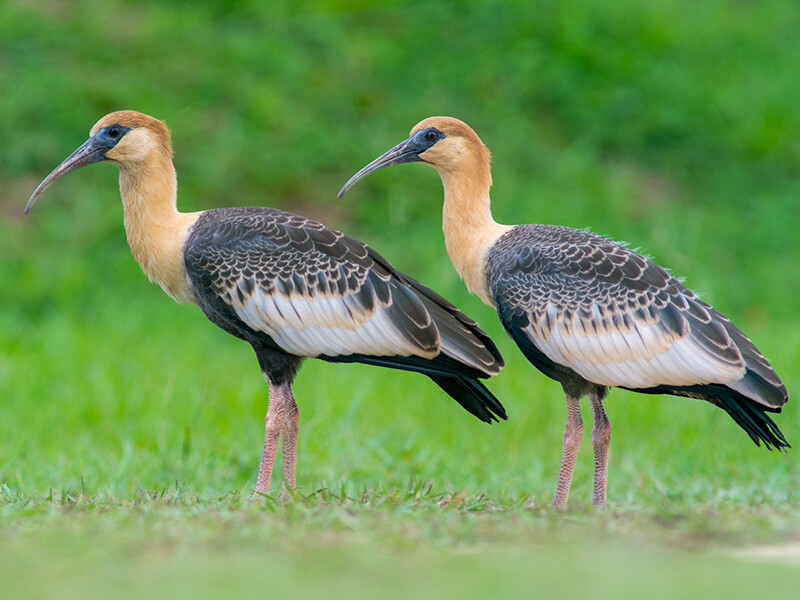
Hacienda El Manantial tries to promote a forest plantation management model aligned with the context of the ecological and landscape diversity of the eastern plains of Colombia, so that a wide range of ecosystem goods and services can be produced sustainably. The project is testing plantations with local native species that are perceived as more resilient and adaptable to global change.
• Local biodiversity:
In addition to the traditional species of wood, at Hacienda El Manantial slower-growing native species of trees are also planted, to increase biodiversity and keep the landscape alive.
As its name implies, the project contains a variety of lagoons, marshes, streams and springs, which are often surrounded by riparian forests, palm groves, savannah forests and wetlands. These areas have been declared of High Conservation Value and, as such, will be conserved and protected throughout the life of the project and will undergo an enrichment and restoration program aimed at preserving endangered tree species and providing resources for conservation. local wildlife.
In order to know the local biodiversity, an inventory of flora and fauna species was carried out at the beginning of the project and a continuous monitoring program with camera traps and visual records is being implemented. This biodiversity monitoring effort is highlighting that the project provides healthy and valuable habitat for a variety of mammals, birds, reptiles, and insects.
• Employment increase:
The project provides direct employment opportunities, especially during the planting season, when up to eighty workers are required. In some years, when the rubber plantations are ready for the latex harvest, additional stable and seasonal jobs will be created. The project offers exceptional camp conditions to its workers and pays competitive wages in an impoverished rural area of Colombia, thus contributing to poverty alleviation and social peace.


